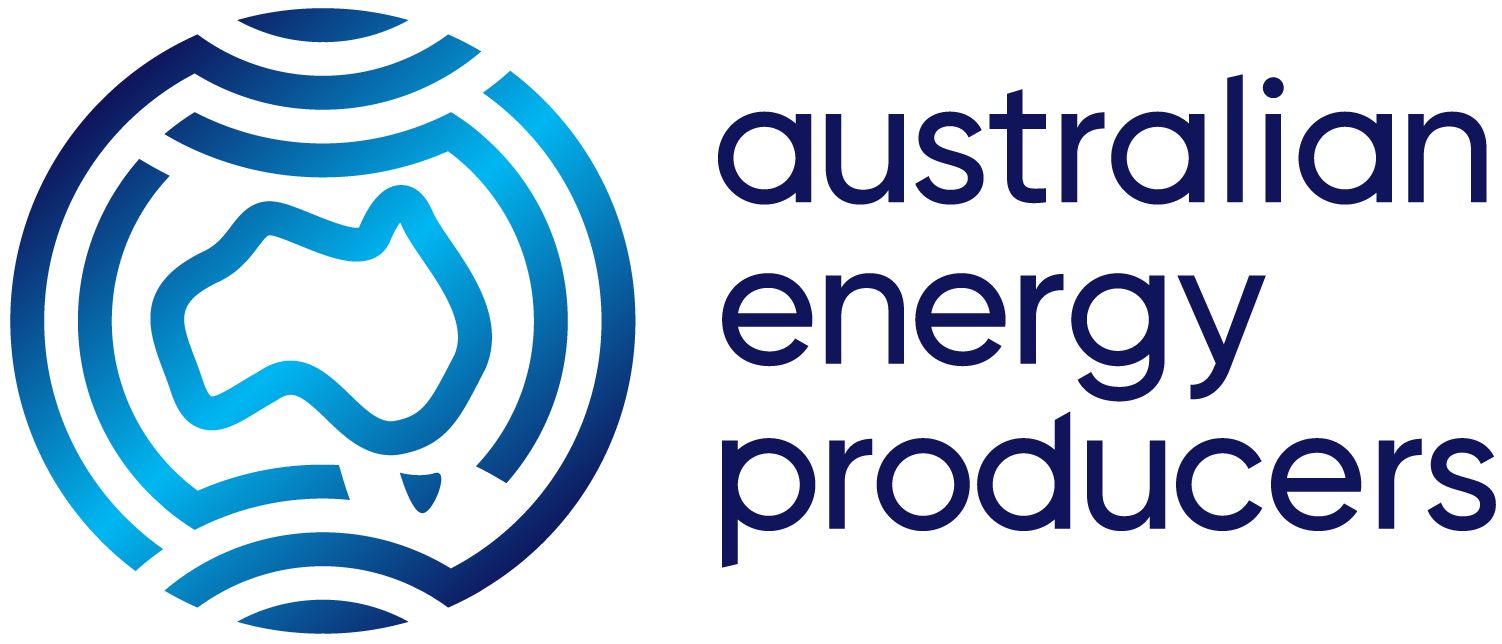03 Jul 2020
Australia’s average gas prices remain among lowest in Asia
Australia’s average natural gas prices remain amongst the lowest in Asia, according to the latest international survey of wholesale gas prices by the International Gas Union (IGU) released today.
The 2020 IGU’s Wholesale Gas Price Survey shows the average wholesale gas price in Australia last year ($US5.58/MMBTU*) was around 40 per cent less than the average wholesale price for the Asia Pacific region. The Australian price was also just under 30 per cent less than the average wholesale price in the Asian region.
The IGU survey again showed the highest wholesale gas prices in the world were found in the main LNG importing nations of North Asia, Chinese Taipei, South Korea and Japan – around or over $US10/MMBTU. Australia’s other major gas export market, China had the sixth highest prices in the survey.
Globally, Australia’s average wholesale price ranked 18th in a survey of 53 nations (see chart below). The IGU said the lowest prices were found in countries with regulated markets where producers often sold gas below the cost of production and transportation. Those low-cost producers included Turkmenistan, Algeria and Venezuela.
APPEA Chief Executive Andrew McConville said: “Even before the sharp contraction we’ve seen in gas prices this year, Australian gas users have enjoyed very competitive wholesale prices. The widely repeated claim that Australia’s wholesale prices are higher than in the countries importing our LNG has once again shown to be without foundation.
“Interestingly, the statistics show countries with the highest gas prices including Chinese Taipei, South Korea, Japan, Singapore and China – well above Australia – all have successful major manufacturing sectors.”
Also, when compared with recent World Economic Forum listing of the world’s largest manufacturing countries, six out of 10 top manufacturing nations in the world (UN data) have higher gas prices than Australia.
However, Australia does face higher wholesale gas prices than other leading gas producers, including the United States, Canada, Russia and in the Middle East. “This is in large part reflects the high cost of doing business in Australia, and increasingly the impact of restrictions on the development of natural resources,” Mr McConville said.
A recent report by leading energy research and consultancy Wood Mackenzie found, against a backdrop of a challenging macroeconomic environment and lower commodity prices, Australian fiscal and regulatory volatility has increased – in turn impacting investor confidence in the country.
The IGU’s report follows the March 2020 release of the 2020 Gas Statement of Opportunities (GSOO) by the Australian Energy Market Operator (AEMO) which confirmed the actions taken by the industry to bring more gas into the domestic market have removed concerns about potential shortfalls out to 2024. The IGU report highlighted the need for further investment in local exploration and production to bring more gas to the domestic market.
“Removing unnecessary government restrictions on exploration and development is the most effective way to boost supply, enhance competition and put downward pressure on prices, ensuring Australia retains or improves its global position while enjoying the substantial and on‑going benefits from our LNG exports,” Mr McConville said.
The IGU report can be found here. See below for a chart of Wholesale Gas Prices in 2019 by Country.
* MMBTU = one million British Thermal Units. The BTU is a traditional unit of work equal to about 1,055 joules. It is the amount of work needed to raise the temperature of one pound of water by one-degree Fahrenheit. The more usual measure of price used in Australia is gigajoule (GJ). 1 MMBTU = 1.055056 GJ.


